
Saving sturgeon in Romania
Environmentalists are trying to head off a European Union plan to deepen shipping channels that they fear could eliminate the last shallows where the sturgeon deposit their eggs - dooming the fish to vanish in its last stronghold in Europe.
Section:Picture story
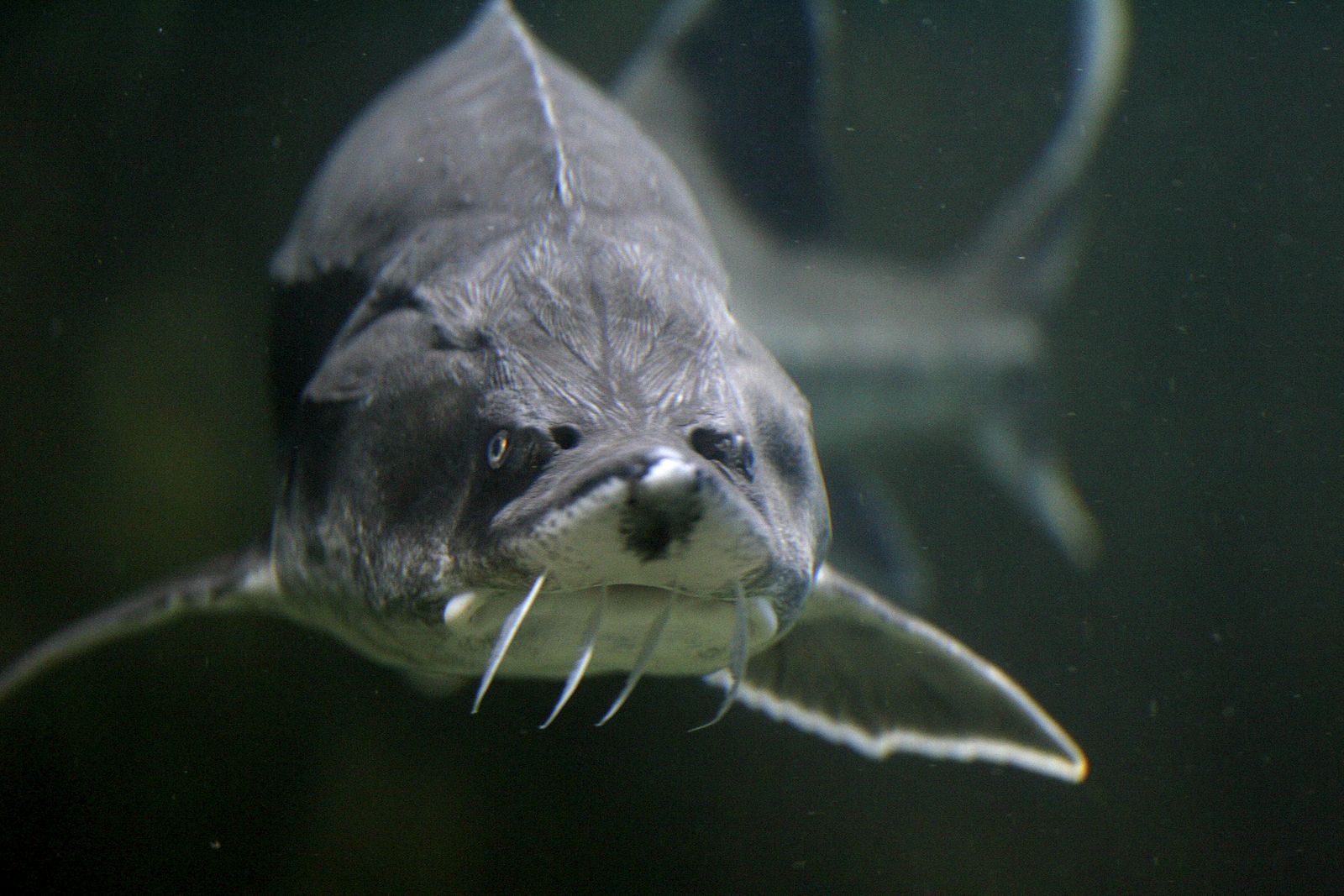
In this May 17, 2011 picture, a sturgeon swims in an aquarium in the Danube River port city of Tulcea, Romania.
Nicolae Dumitrache Associated Press
Associated Press
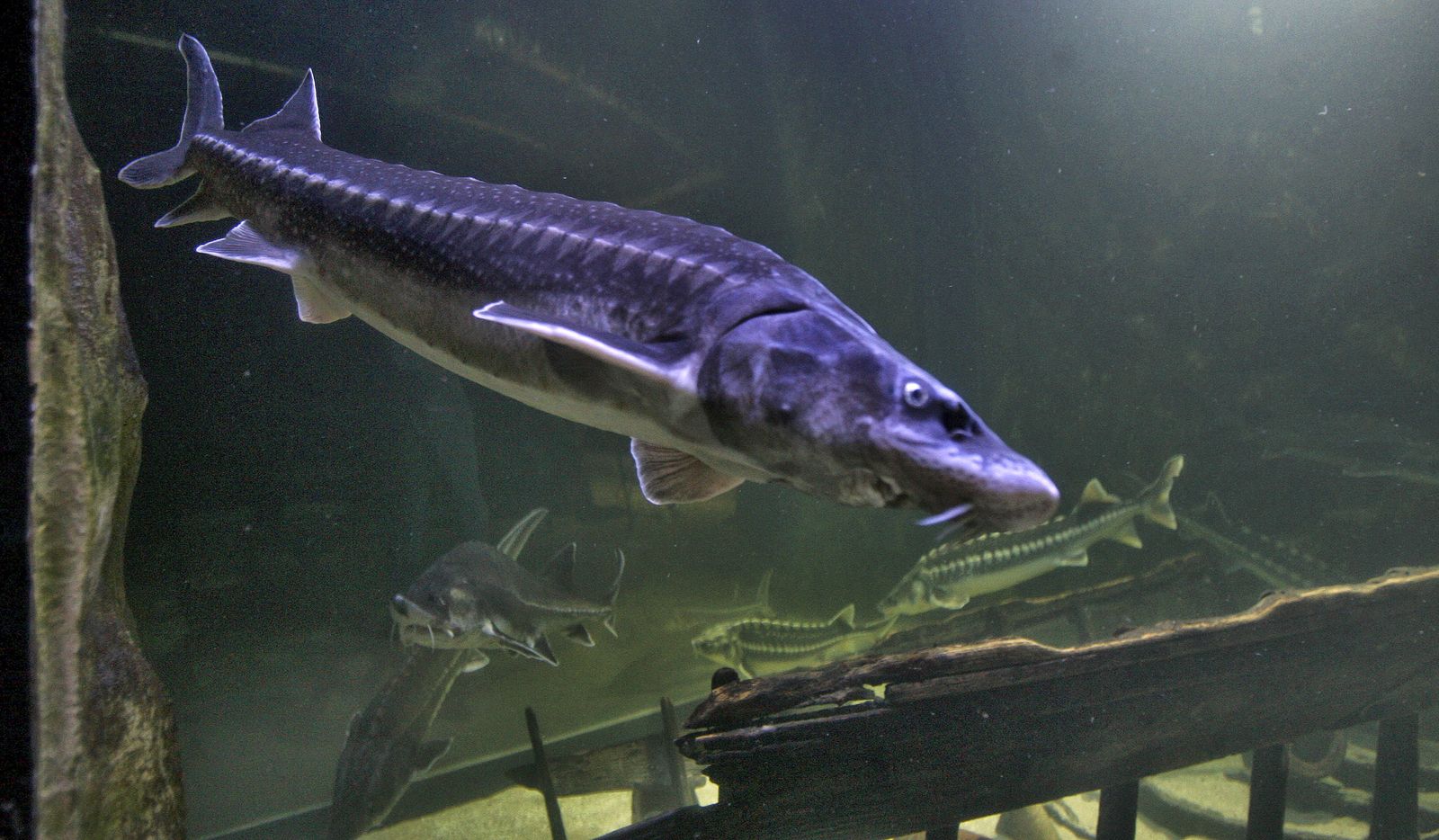
In this May 17, 2011 picture, a sturgeon swims in an aquarium in the Danube River port city of Tulcea, Romania.
Nicolae Dumitrache Associated Press
Associated Press
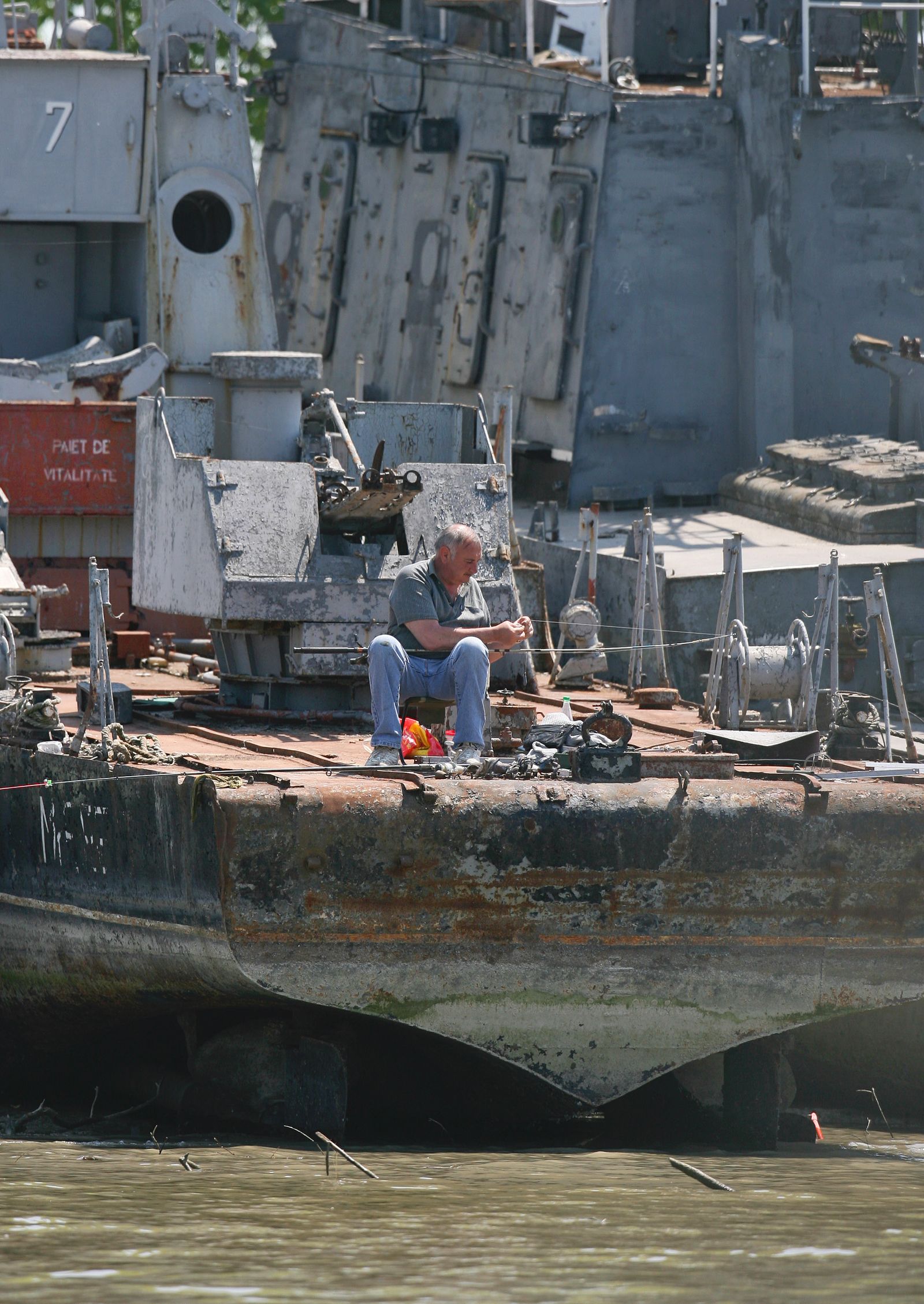
In this May 17, 2011 picture, a man fishes from a derelict ship in the Danube Delta region of Romania.
Nicolae Dumitrache Associated Press
Associated Press
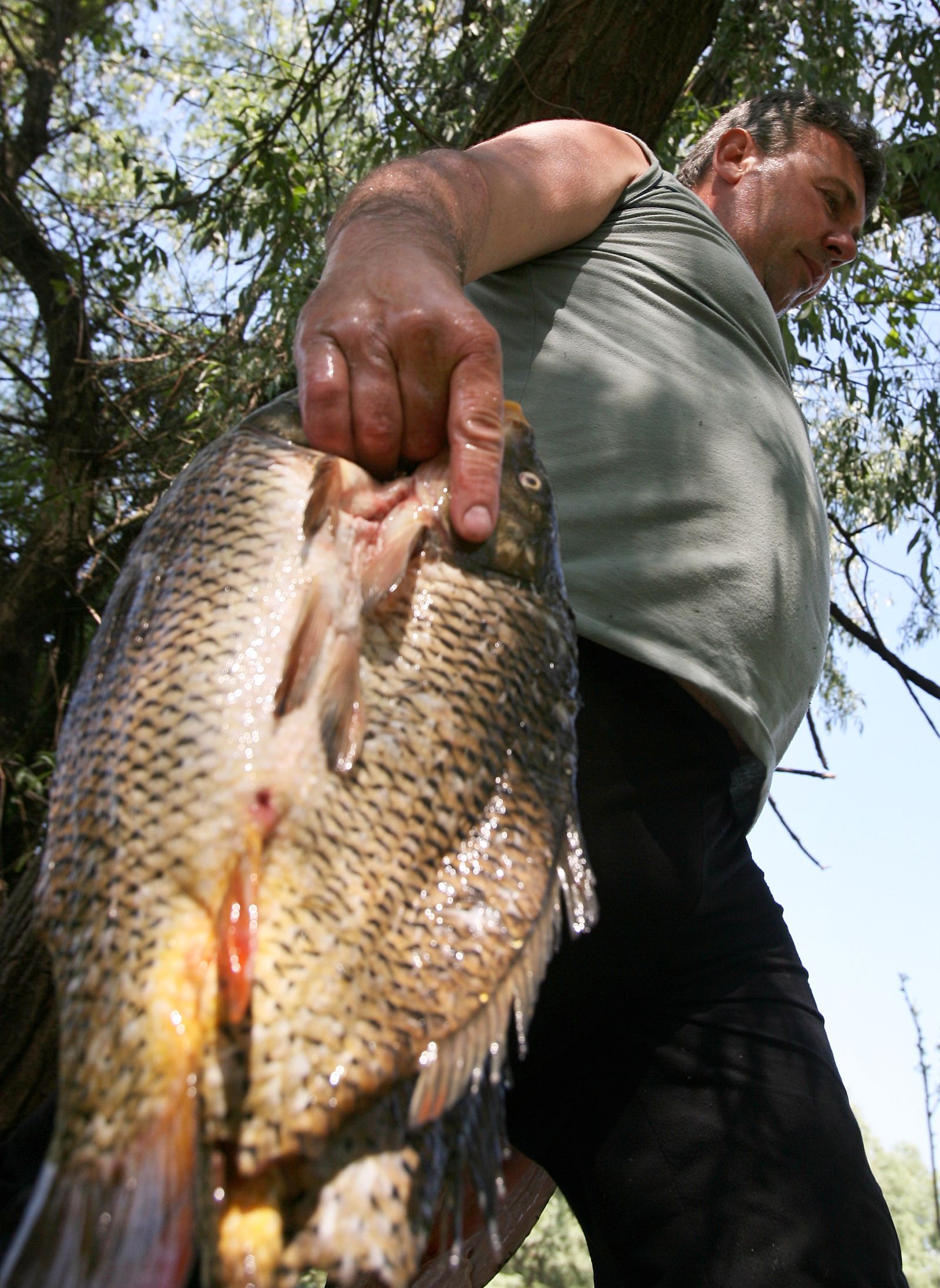
In this May 17, 2011 picture, a man carries fish on the banks of the Danube Delta region of Romania.
Nicolae Dumitrache Associated Press
AFP

In this May 17, 2011 picture, a bird flies next to the banks of the Danube Delta region of Romania.
Nicolae Dumitrache Associated Press
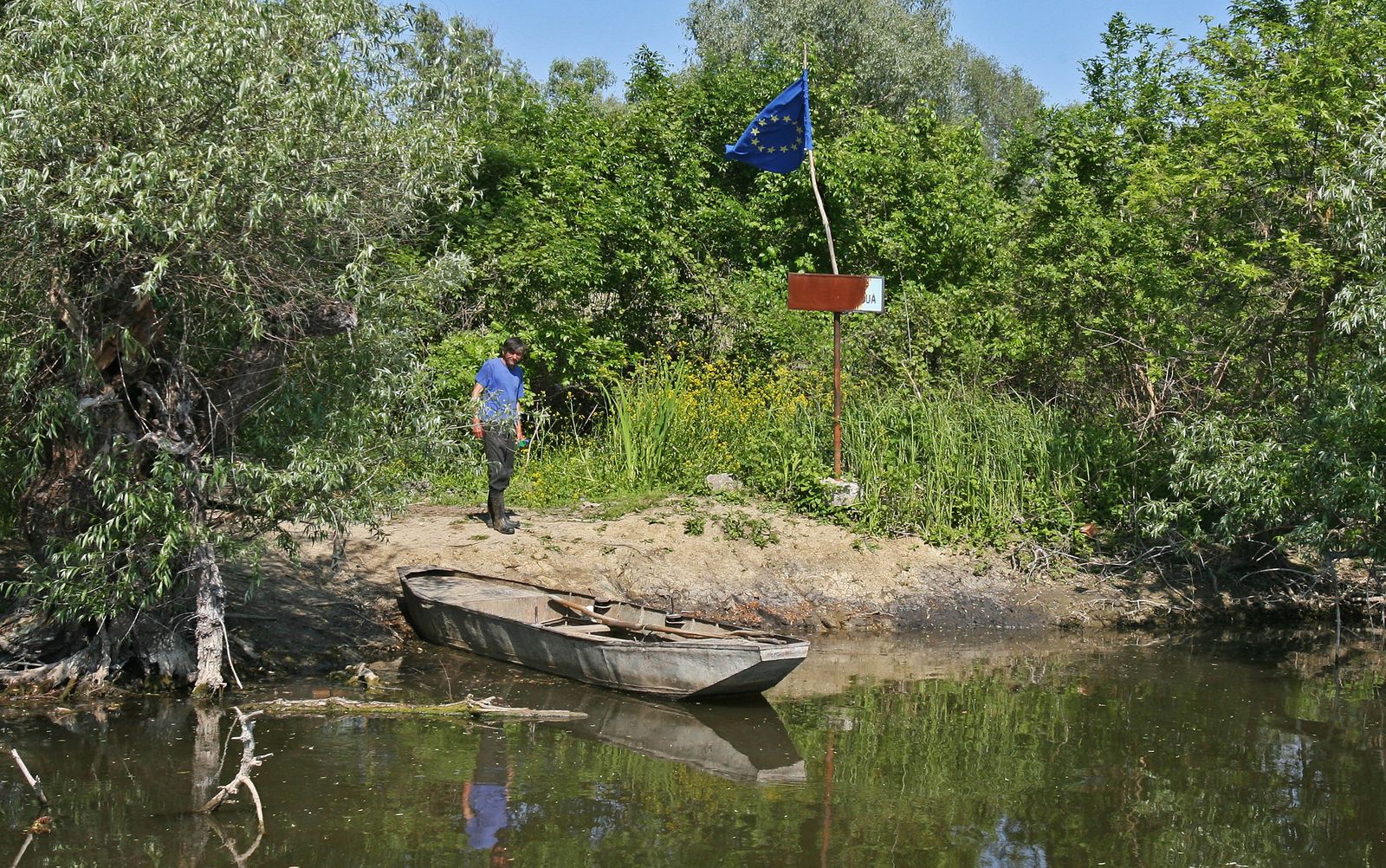
In this May 17, 2011 picture, a man walks next to a small boat and a European Union flag in the Danube Delta region of Romania.
Nicolae Dumitrache Associated Press
Associated Press
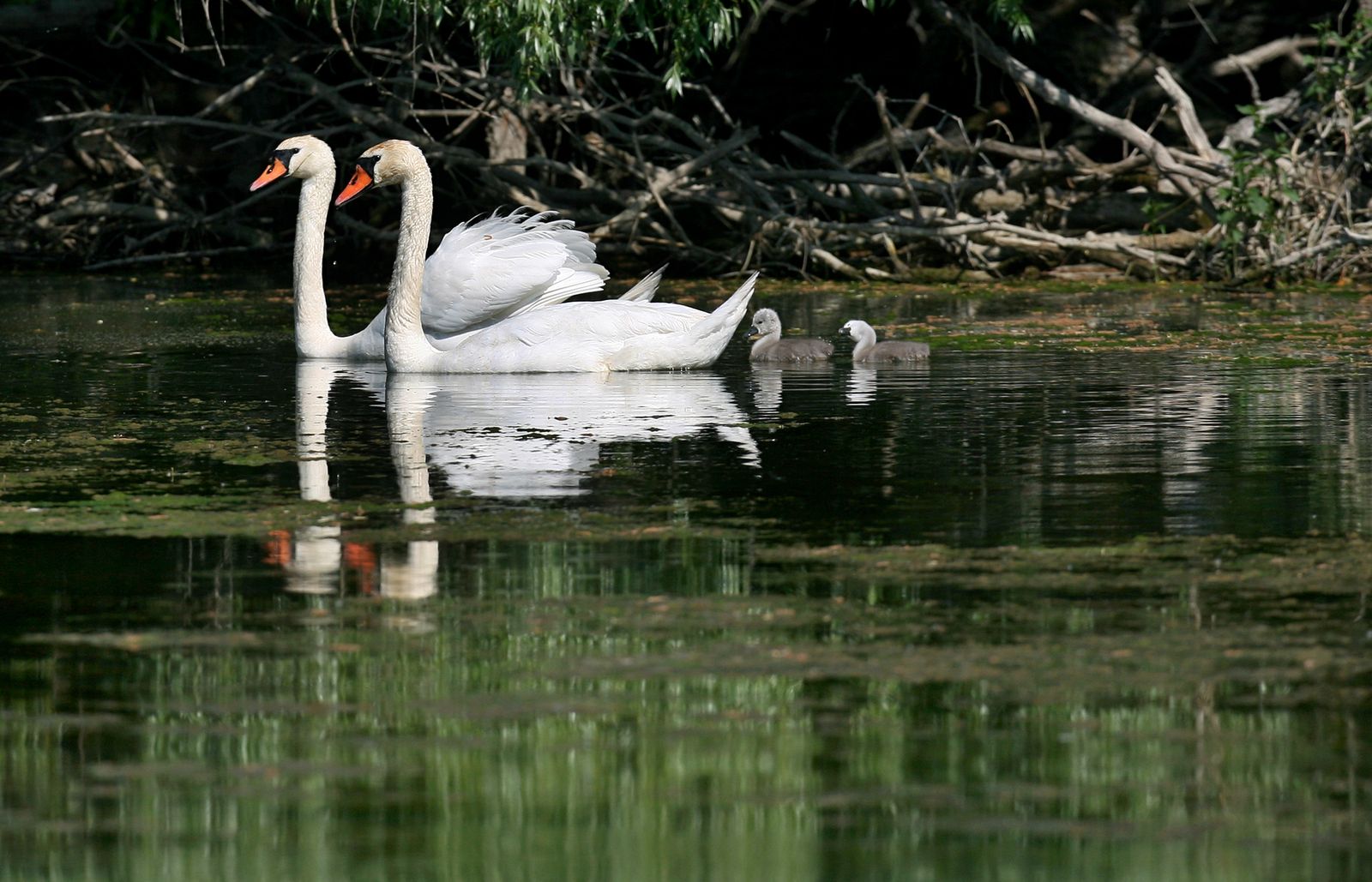
In this May 16, 2011 picture, swans swim with their cygnets near the banks of the Danube Delta region of Romania.
Nicolae Dumitrache Associated Press
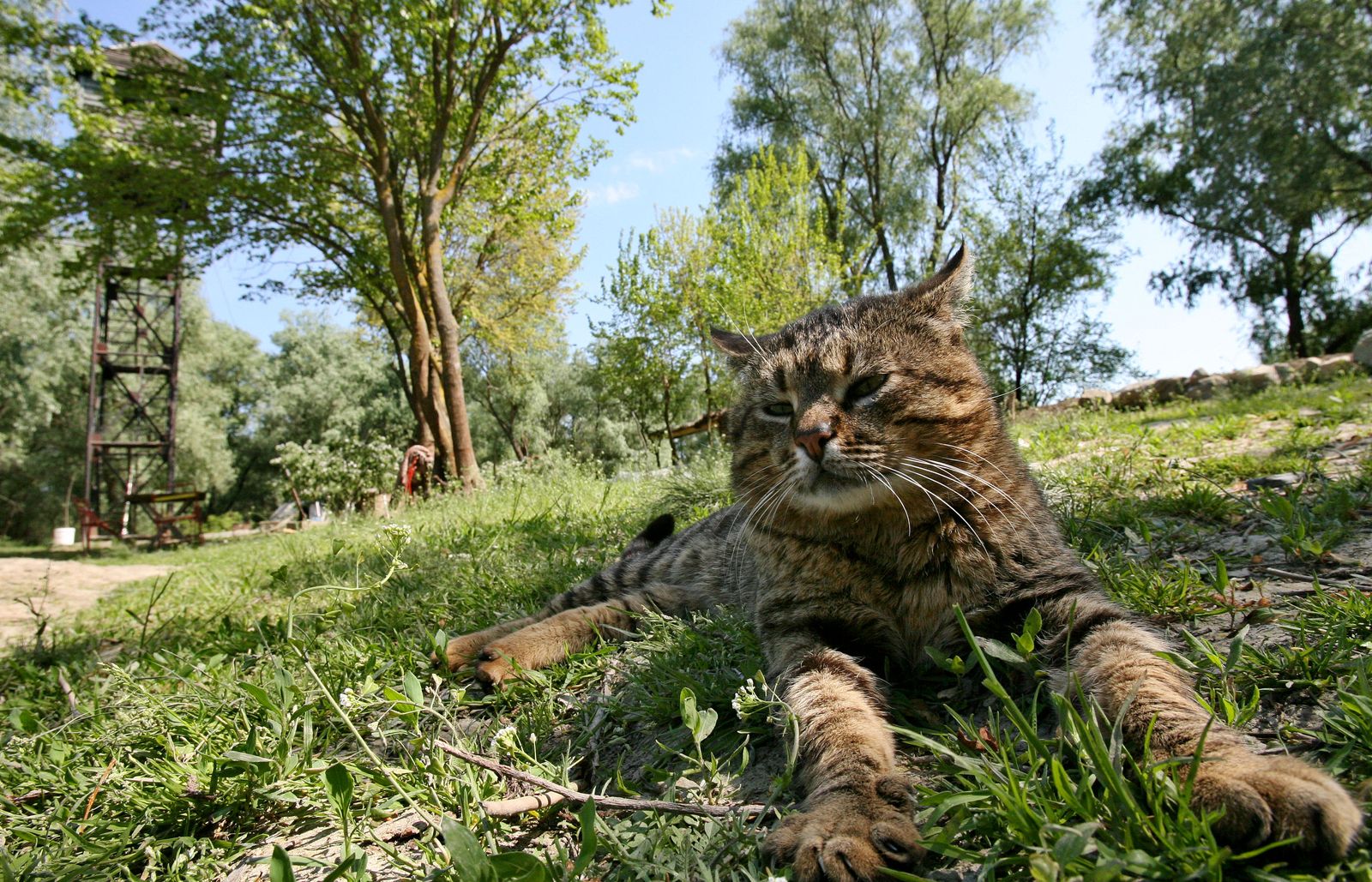
In this May 17, 2011 picture, a cat relaxes on the banks of the Danube Delta region of Romania.
Nicolae Dumitrache Associated Press
Associated Press
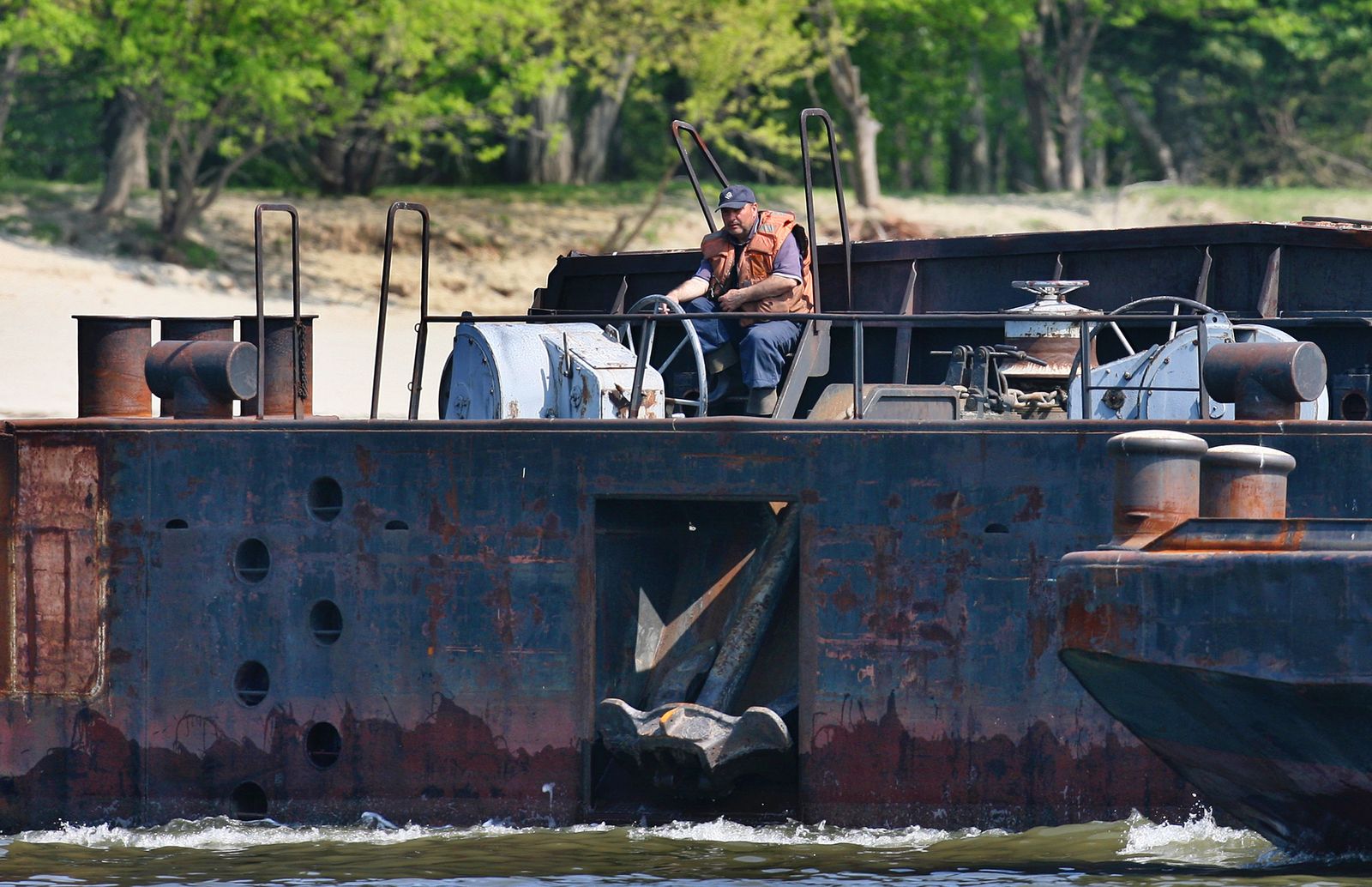
In this May 16, 2011 picture, a man drives a barge on the Danube River, in Romania, in the Danube Delta region.
Nicolae Dumitrache Associated Press
Associated Press
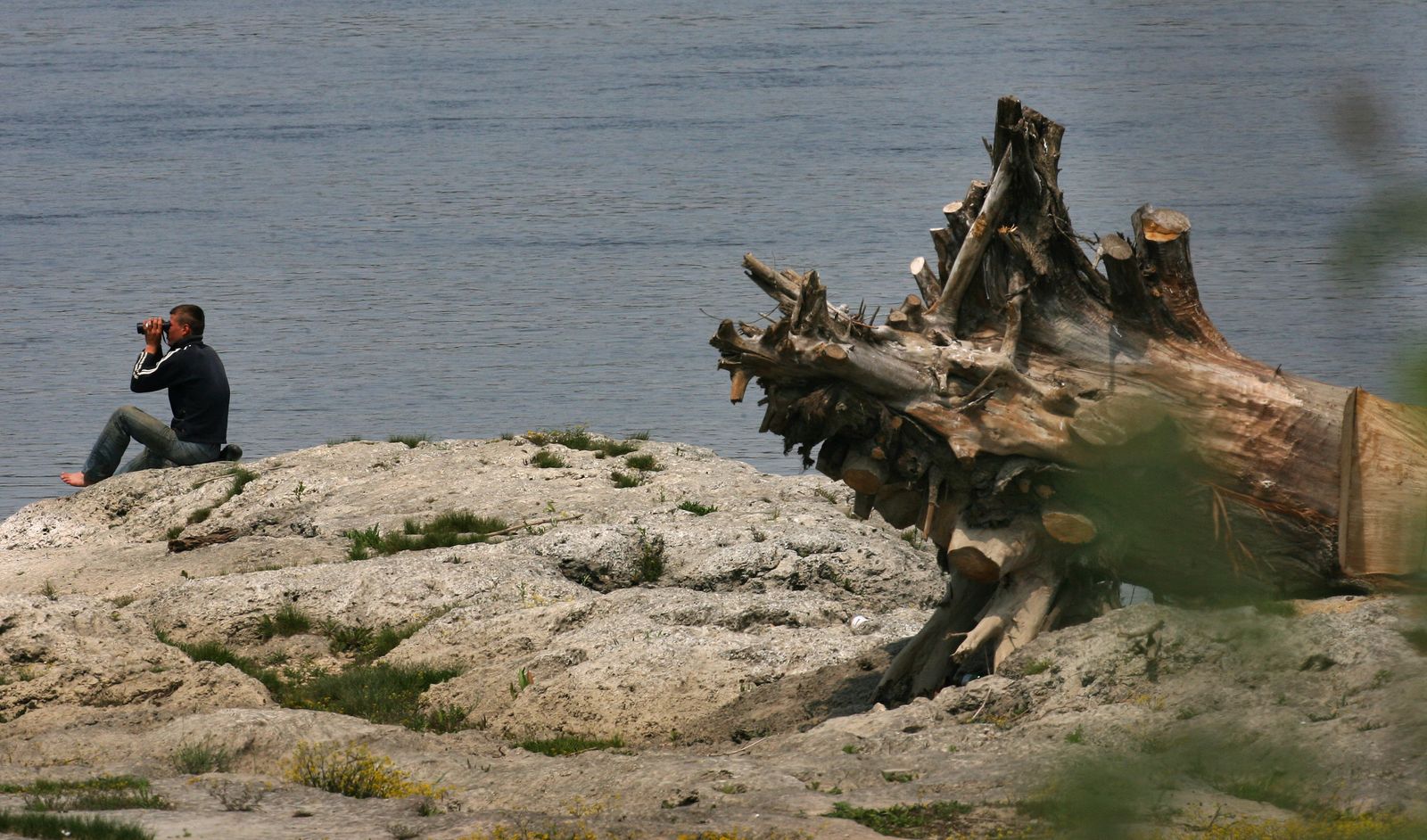
In this May 16, 2011 picture, a man uses binoculars on the banks of the Danube Delta region of Romania.
Nicolae Dumitrache Associated Press
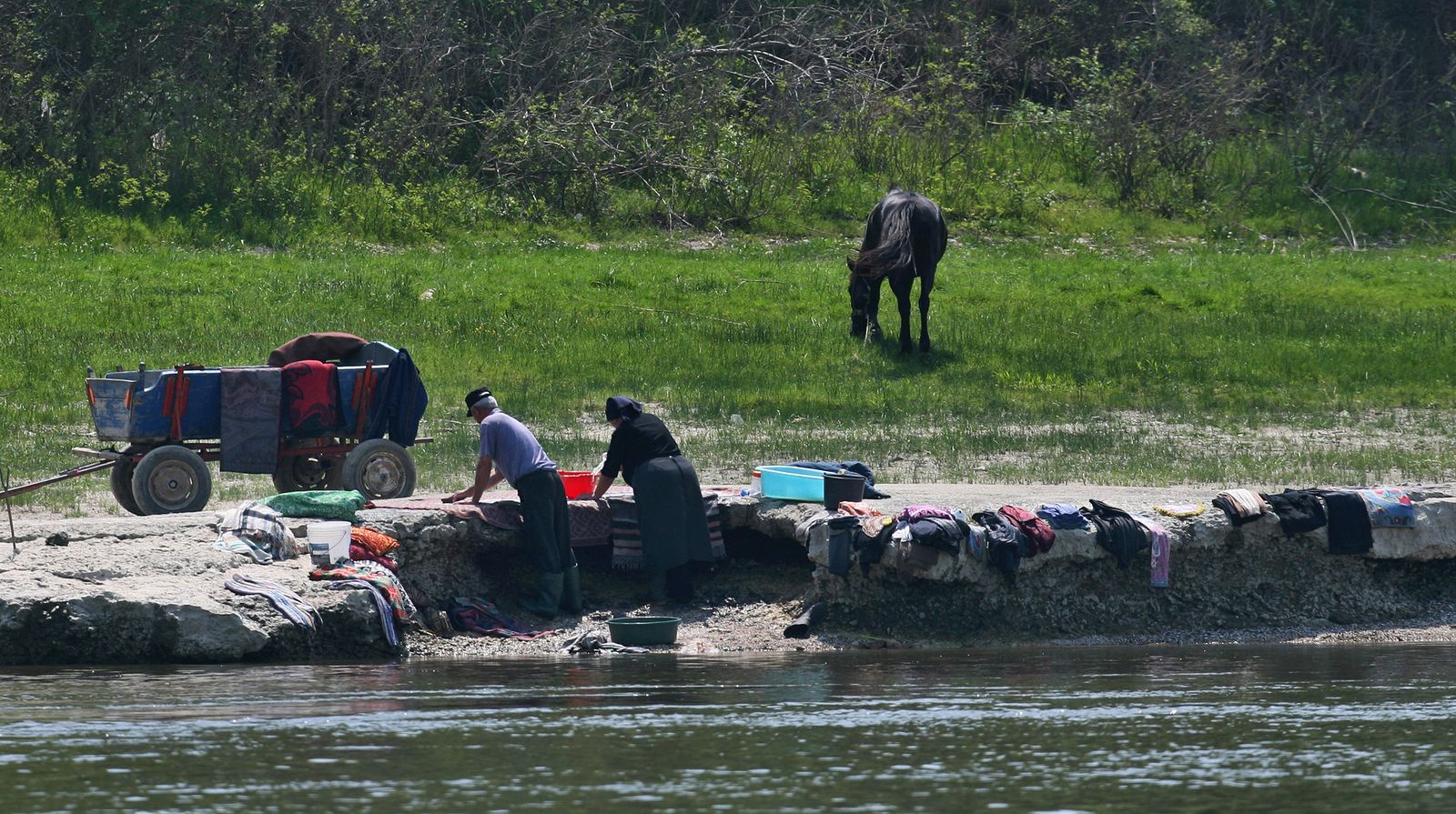
In this May 16, 2011 picture, people wash their laundry in the waters of the Danube Delta region of Romania.
Nicolae Dumitrache Associated Press
Associated Press
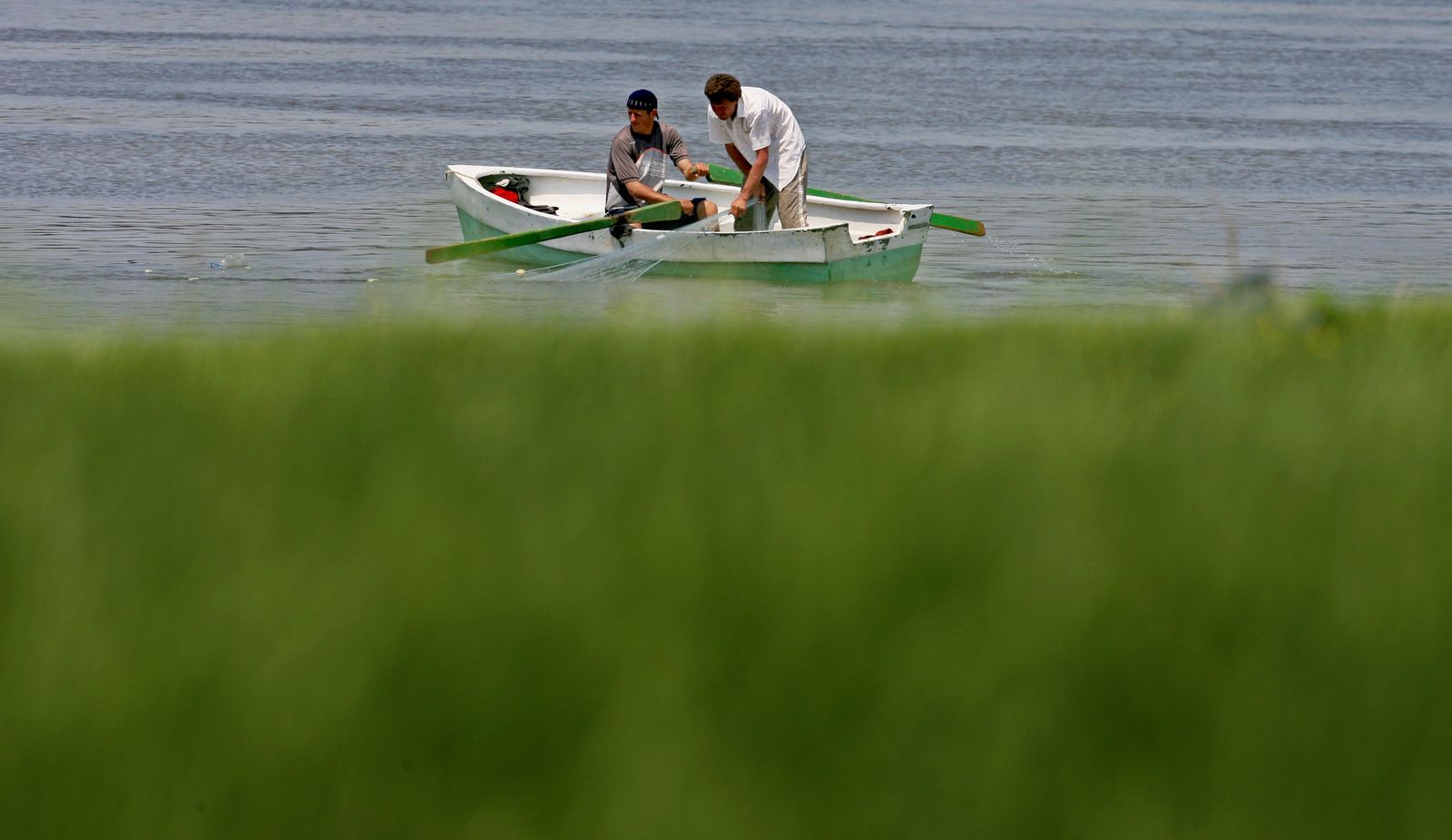
In this May 16, 2011 picture, fishermen use a net in the Danube Delta region of Romania.
Nicolae Dumitrache Associated Press
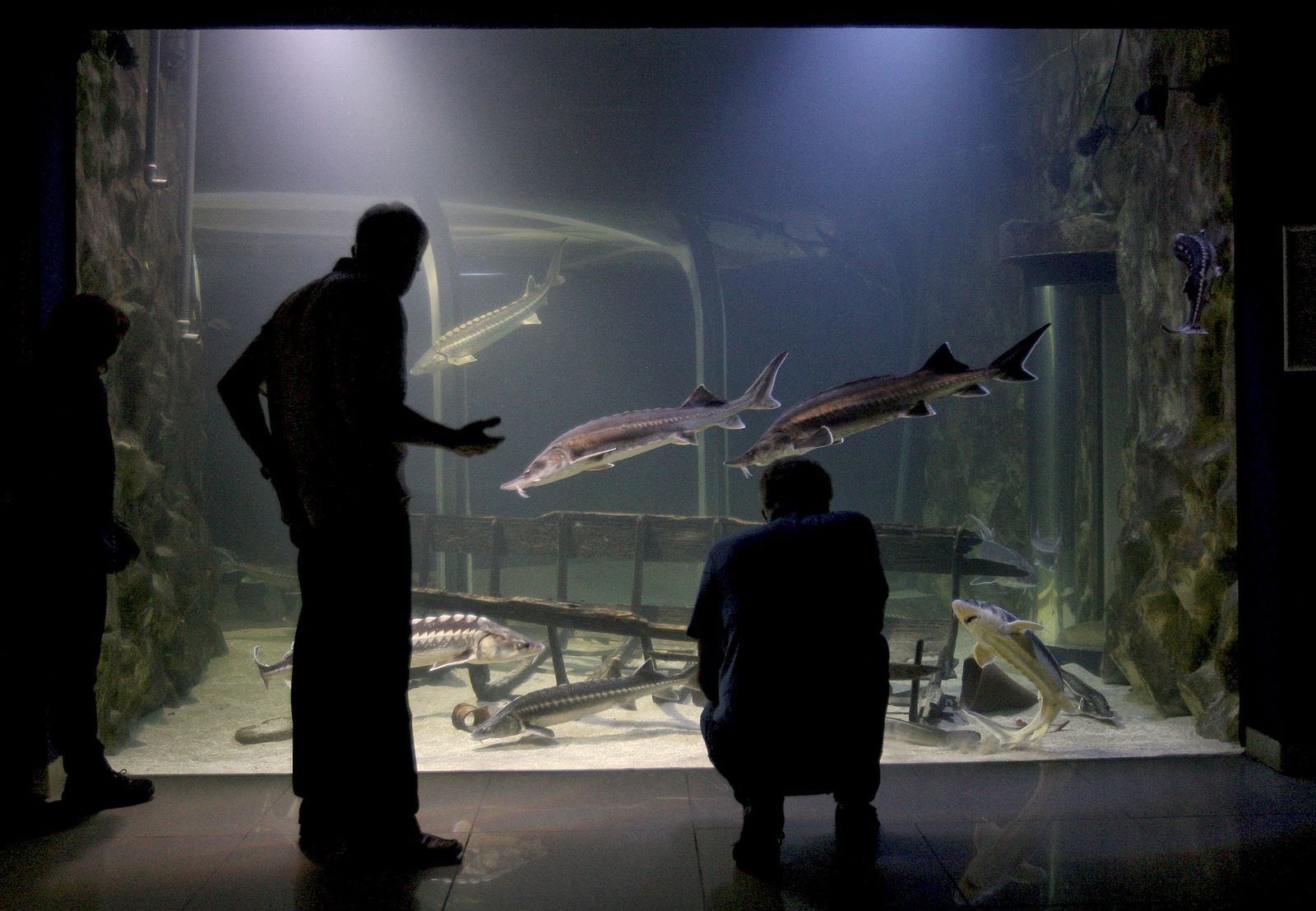
In this May 17, 2011 picture, people watch sturgeons at an aquarium in the Danube River port city of Tulcea, Romania.
Nicolae Dumitrache Associated Press
Associated Press